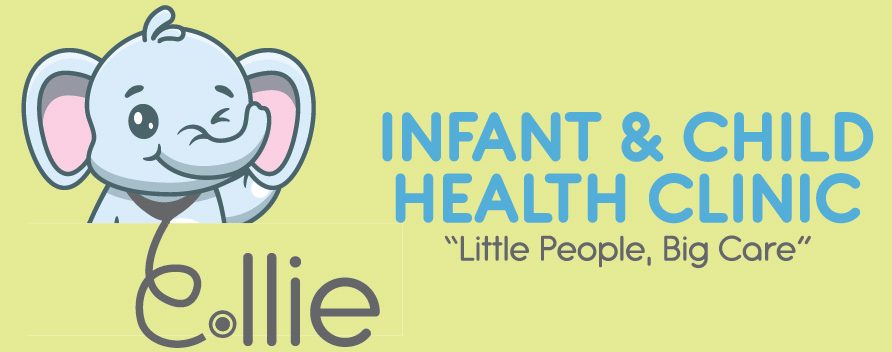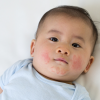Ear Infections: What Every Parent Should Know and Tips to Keep Your Child Comfortable
What Is an Ear Infection?
Ear infections can be very stressful for parents and children. They are painful, and also painfully common!
An ear infection happens when the middle ear (the part behind the eardrum) becomes inflamed, often due to bacteria or viruses. In children, the Eustachian tube—the small tube that connects the middle ear to the back of the throat—is shorter and more horizontal, which makes it easier for fluid and bacteria to get trapped in the ear.
Symptoms to Watch For
The signs of an ear infection can vary, but some common symptoms include:
- Ear pain: Your child may tug or pull at their ear, especially if they’re too young to verbally express discomfort.
- Irritability or fussiness: Ear infections can be quite painful, leading to mood changes.
- Difficulty hearing: Fluid buildup in the middle ear can impair hearing.
- Fluid drainage: Sometimes, you may notice fluid coming from your child’s ear.
- Fever: A moderate fever can accompany an ear infection.
- Trouble sleeping: Lying down can worsen the pain.
If your child is showing any of these signs, it’s always a good idea to contact your paediatrician to determine the cause and the best course of treatment.
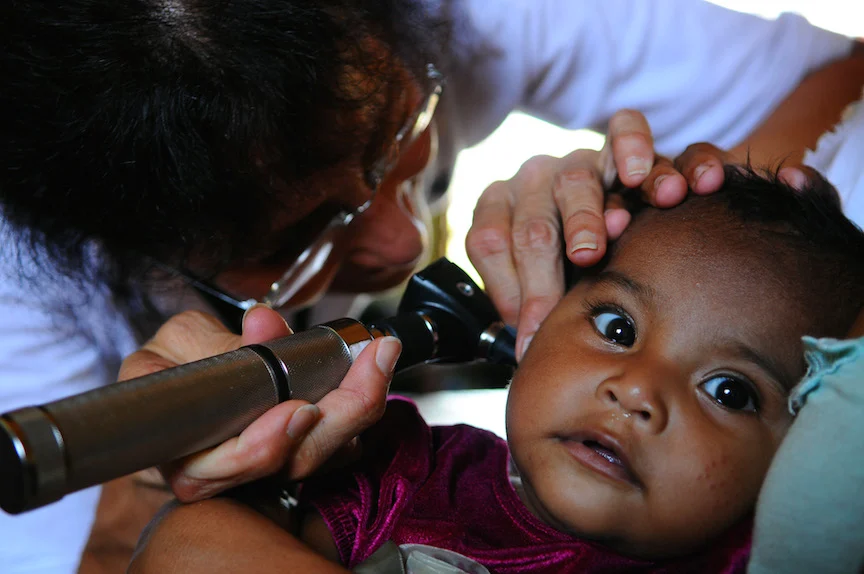
Treatment Options for Ear Infections
While many ear infections go away on their own, some may require medical intervention, particularly if caused by bacteria. Your pediatrician will evaluate the severity and recommend the appropriate treatment, which may include antibiotics (most ear infections are viral).
Tips to keep your child comfortable
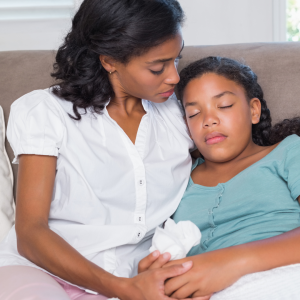
Pain OTC paracetamol or ibuprofen (for kids > 6months). Paracetamol can be given every 4- 6 hours and ibuprofen every 6- 8 hours. Make sure to use the proper dose for your child’s age and weight.
Decongestion Often, ear infections occur in conjunction with upper respiratory infections. Minimizing fluid buildup in the nose may decrease the chance of inflammation rising up to the Eustachian tube. Do what you can to help those symptoms (nasal saline/steam inhalation, suction with the Nose Frida, etc).
Position Some babies are more comfortable upright. When your child sleeps, prop their head up with an extra pillow. This can help relieve pressure in the ear and reduce pain. You can also try feeding in a more upright position.
Fluids & TLC As with all illness, hydration is critical. Encourage fluid intake with lots of TLC- sick kids often are not up to drinking but dehydration will make things worse. Offer extra cuddles, and keep them occupied with books, videos, or a favorite toy to help take their mind off the pain.
Warm Compresses Use a warm washcloth dipped in warm water and apply to ear for 10 minutes. Ensure it’s not too hot by testing on your inner forearm first.

Preventing Ear Infections
While it’s not always possible to prevent ear infections, there are steps you can take to reduce your child’s risk:
- Practice good hygiene: Encourage frequent handwashing to reduce the spread of germs that can lead to infections.
- Avoid secondhand smoke: Smoking increases the likelihood of ear infections, so it’s important to keep your child away from smoke-filled environments.
- Breastfeeding: Breastfeed your baby for the first six months is recommended, as breast milk contains antibodies that can help protect against infections.
- Vaccines: Keep your child up to date on vaccinations- many childhood vaccines protect against common causes of ear infections such as Streptococcus pneumoniae and Haemophilus influenzae
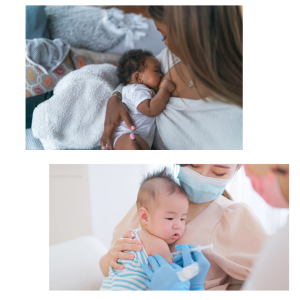
When to See a Doctor
Most ear infections improve with time and proper care, but there are situations when you should see a doctor right away:
- If your child’s pain doesn’t improve after 48 hours and especially if accompanied by high fevers
- If you notice fluid draining from the ear, which can sometimes indicate a ruptured eardrum
- If your child is under six months old and is showing signs of an ear infection.

